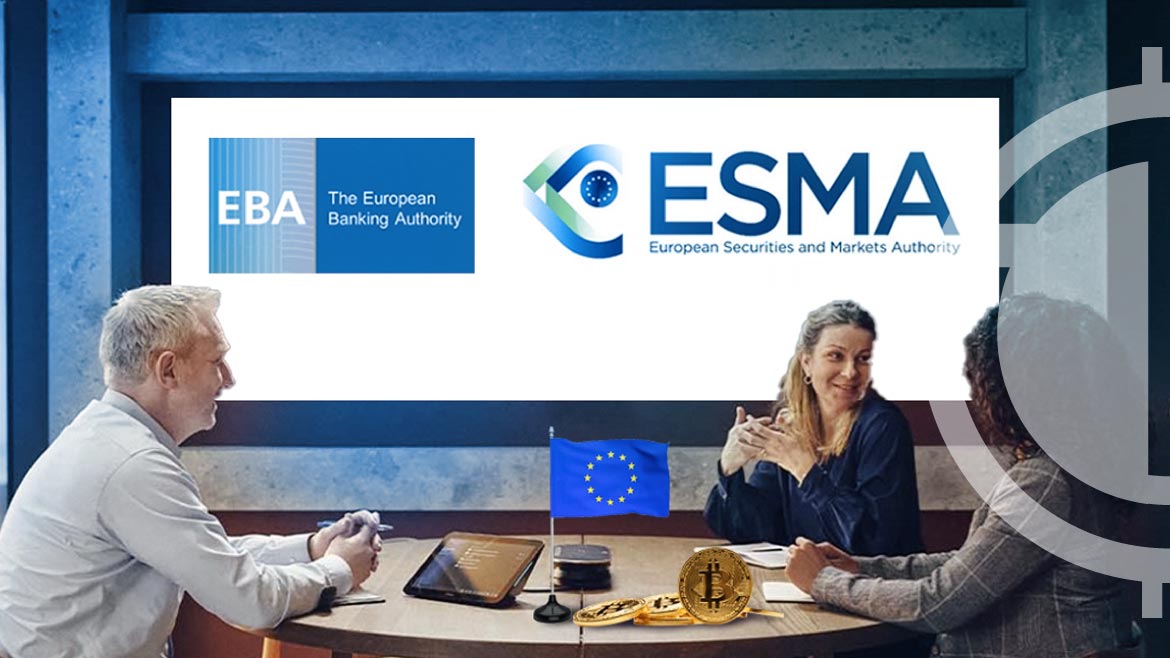The European Securities and Markets Authority (ESMA) released the first of three public consultation packages earlier today. The regulator’s latest rules were based on the Markets in Crypto Assets Regulations, which went live in April this year. The ESMA invited stakeholders of the crypto industry to share their feedback on the rules.
Crypto intelligence firm Chainalysis took to Twitter earlier today to share the European regulator’s new rules:
[1/7] Today (12 July), #EBA (European Banking Authority) and #ESMA (European Securities and Markets Authority) launched the first public consultation package on detailed MiCA rules (level 2), following MiCA coming into force last month.
— Chainalysis (@chainalysis) July 12, 2023
Through the 158-page consultation paper, the European Securities and Markets Authority sought input from crypto asset service providers (CASP) operating in the European Union. As the first step in the implementation of the widely anticipated MiCA, the consultation package would dictate the regulation of crypto entities in the region.
In a separate press release, the ESMA stated that the consultation paper was released in association with the European Banking Authority (EBA). Crypto entities in the European Union would have till September 20, 2023, to respond to the regulator’s request for input. The input would include content, forms, templates for making an authorization application, rules for CASPs to identify & manage conflicts of interest, and how CASPs should address complaints.
Speaking on the latest development, ESMA Chair Verena Ross stated:
We are determined to ensure entities involved in crypto-asset related activities understand that the EU is not a place for forum shopping. We also want to remind consumers that, even with the implementation of MiCA, there will be no such thing as a safe crypto-asset.
Chainalysis told its followers on Twitter that the EBA sought the opinion of stablecoin issuers on issues like authorization rules and processes for issuing asset-referenced tokens. The ESMA stated in the consultation paper that it would take into consideration the responses submitted by crypto stakeholders. This would be followed by a final report and the submission of draft technical standards to the European Commission for endorsement by June 30, 2024.






